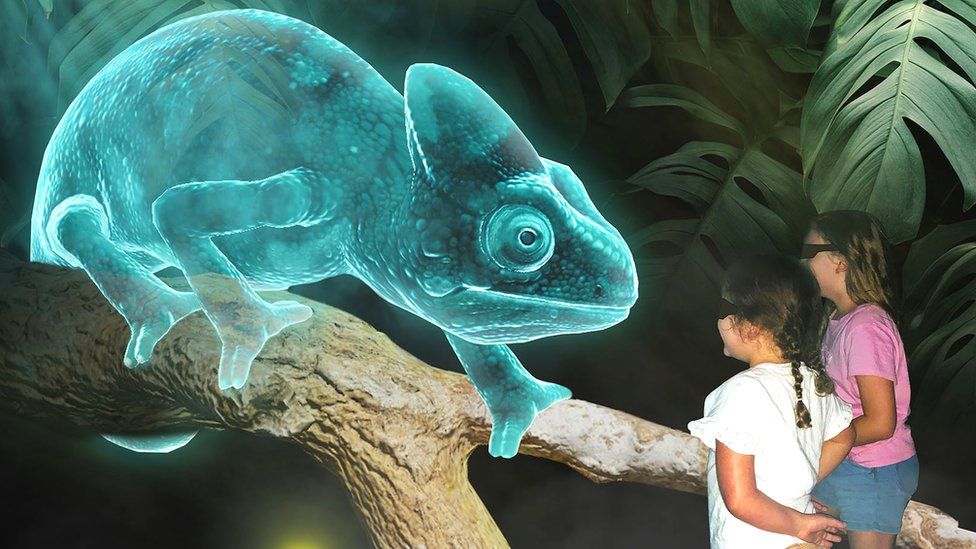-

-
-
Loading

Loading

Australia's Hologram Zoo, which opened earlier this year, is being hailed as the world's most futuristic animal theme park. The zoo features 50 lifelike holographic displays of animals, from dinosaurs to gorillas, created using lasers. Visitors can witness stampeding elephants, peer into the jaws of a hippopotamus, and even pat friendly giraffes. The hologram show uses a new "depth" technology that makes the animals appear large and lifelike. The moving holographic images are brought to life by a laser projector containing crystals that separate fields of light, allowing guests to see the animals from different angles. Sensors in the room also create a tailored virtual experience for each visitor. The use of hologram technology extends beyond the zoo, with companies like Axiom Holographics, the creator of the Hologram Zoo, having contracts with aerospace giant Airbus and US corporation Honeywell. Additionally, researchers at the Australian National University are exploring meta-optics to develop holographic technologies that can miniaturize lasers for portable devices. They believe this could have transformative applications in various fields, such as medicine. Holographic techniques are also being used in the arts sector, with a play called Alex incorporating holographic images to deliver a mental health message. Australian researchers envisage a future where holograms are ubiquitous, from fast food restaurants to jewelry shops. Bruce Dell, the creator of the Hologram Zoo, predicts a hologram revolution, where holographic objects are everywhere.